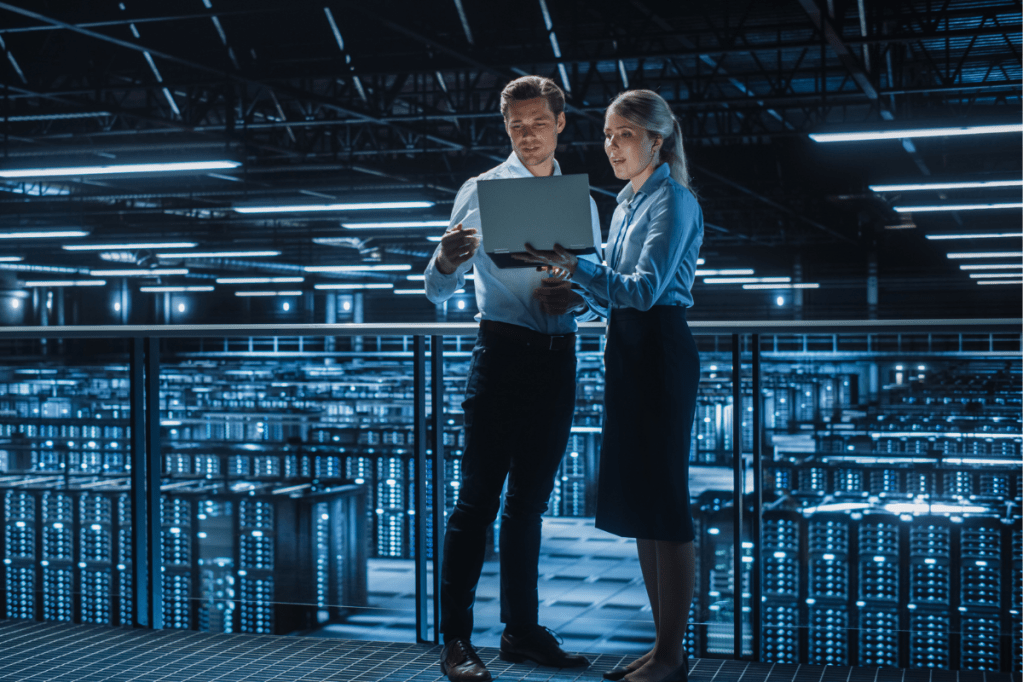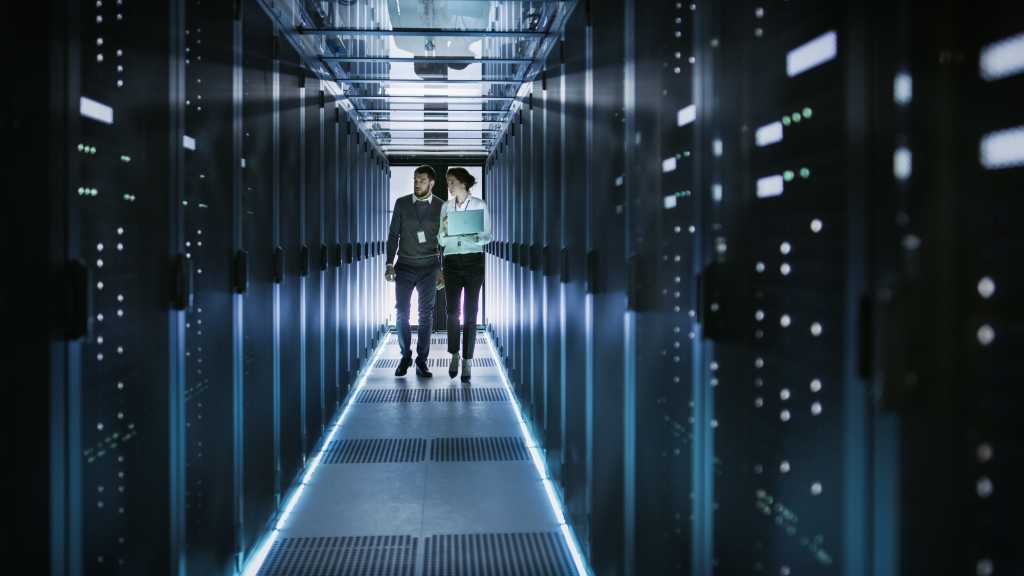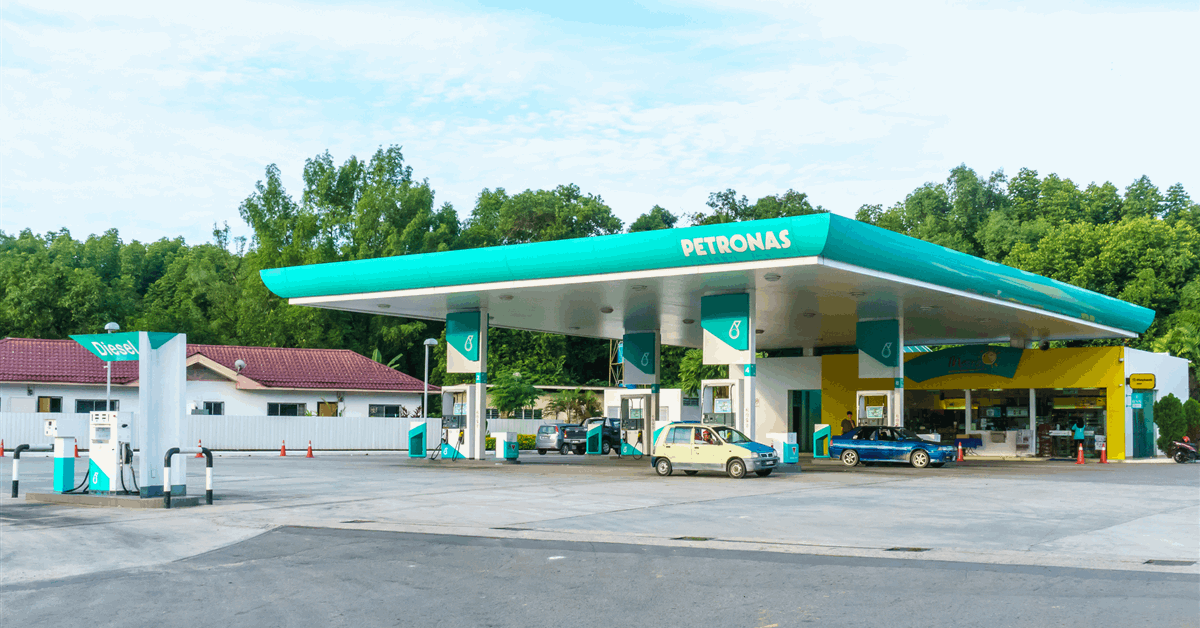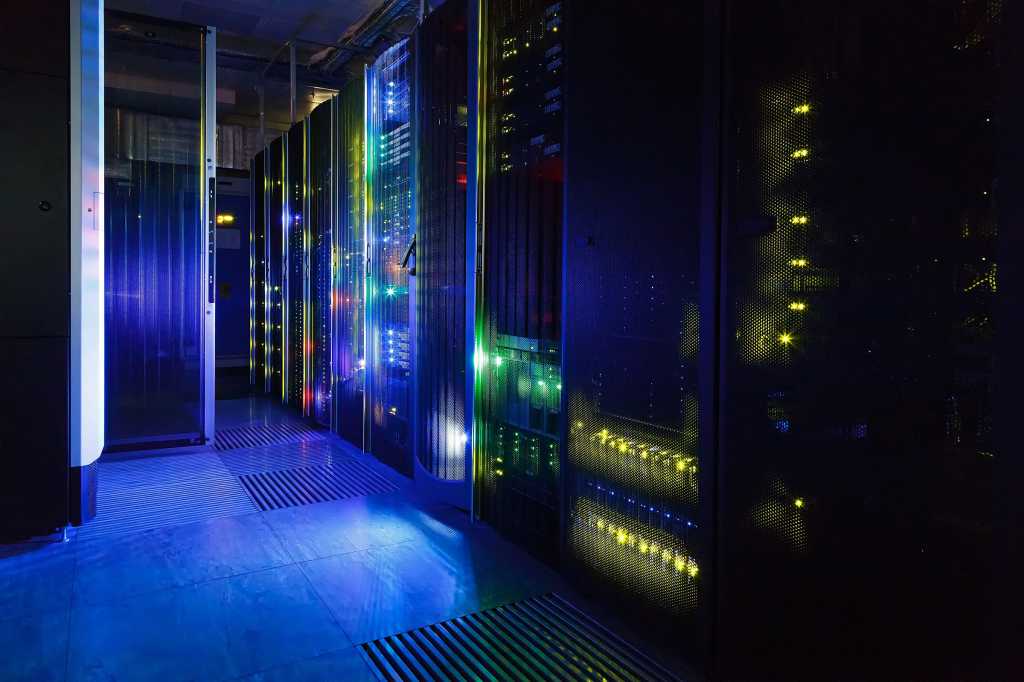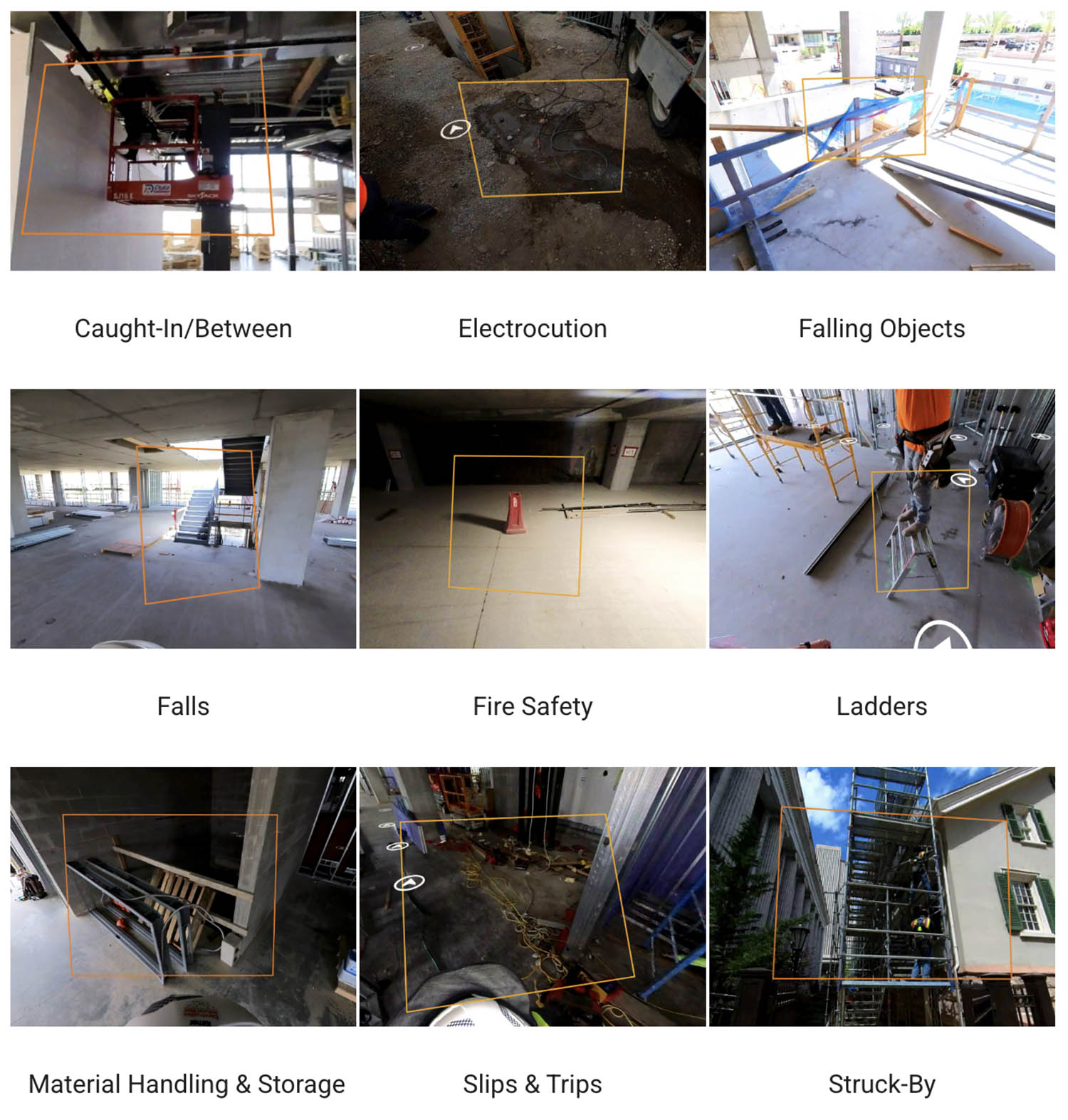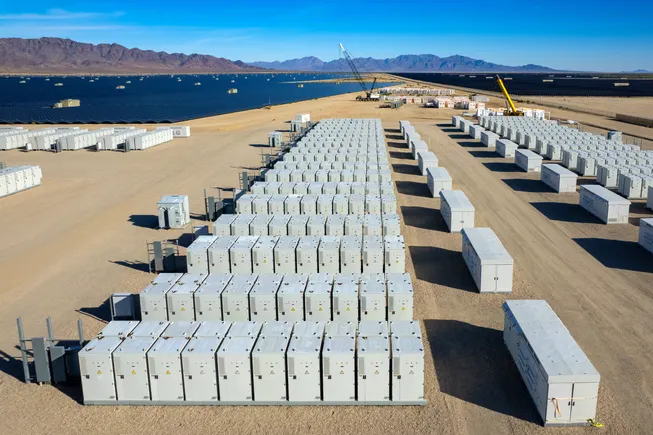
Arun Muthukrishnan is senior manager of development at Arevon Energy.
In August 2022, the Inflation Reduction Act was signed into law, unleashing a wave of optimism across the renewable energy sector. As someone who has spent over a decade in utility-scale development — working on more than a gigawatt of solar and hundreds of megawatts of battery energy storage projects — I saw firsthand how the IRA reshaped boardroom conversations, procurement strategies and financial modeling. For the first time, standalone storage had a stable federal foothold, and that unlocked momentum like we had never seen.
But now, with growing uncertainty about the IRA’s future amid political shifts, a sobering question looms over our industry: Can energy storage continue its pivotal role in decarbonizing the grid without federal support?
In my view — and based on what I see on the ground, in permitting meetings, and in request for proposal negotiations — the answer is unequivocally yes.
Storage was never just about subsidies
The idea that the IRA is the sole engine behind energy storage’s rise is a convenient but flawed narrative. Storage didn’t suddenly appear in 2022. It’s been a solution in search of a market for the last decade. What’s changed is the context around it — renewable penetration, aging grids, demand volatility and increasing grid interdependencies. All these conditions make storage essential, not optional.
Even before the IRA, I worked on projects in Texas and California that penciled out based on merchant revenue and avoided curtailment alone. One of my earliest storage projects in Texas never qualified for investment tax credit support, and yet the business case was strong enough due to energy arbitrage and ancillary services. The market need was — and still is — that compelling.
Grid realities are bigger than federal politics
The demand for flexible capacity is driven by physics, not policy. The more we add solar and wind to the grid, the more we need responsive, dispatchable capacity to match supply with demand. That doesn’t change if a tax credit disappears.
Take the California Independent System Operator, for example. In the summer of 2020, rolling blackouts sent a clear message: variable renewables alone can’t carry the reliability burden. Since then, energy storage has become central to California’s long-term resource planning. I was directly involved in a 200 MW/800 MWh project in Southern California where local authorities, fire marshals and utilities were aligned in making the project succeed — not because of IRA incentives, but because their grid needed it.
And in ERCOT? The grid might not even have a capacity market, but storage there thrives on volatility. We’ve seen pricing events where storage earns its entire year’s revenue in a few hours.
State-level momentum isn’t slowing
Federal uncertainty doesn’t mean the end of support. Many states are doubling down. California has mandated 5,000 MW of new storage. New York is targeting 6,000 MW by 2030. Even Midwestern states are writing storage into their integrated resource plans.
From a developer’s perspective, this is where things get real. My teams work closely with cities, utilities and permitting bodies. When we walk into a room with stakeholders from a city like Carson, California, where I led permitting for a large-scale project, no one asks if the IRA will still be around. They ask, “How can we make sure this is safe, on time and resilient?”
Buyers are driving demand
Utilities are not the only buyers anymore. Corporate power purchase agreements, particularly from data center operators and large industrials, are pushing unprecedented demand for renewable-backed firm power. These companies — Google, Amazon, Meta — are not motivated by policy fluctuations. They have decarbonization mandates embedded in their business models and investor commitments.
I recently sat in a negotiation with a major commercial off-taker who was evaluating battery storage not just for energy optimization, but for backup during regional grid outages. That conversation had nothing to do with tax credits and everything to do with business continuity.
The technology has moved faster than policy
Another reason I’m optimistic? The storage tech curve is outpacing the policy cycle. In 2017, lithium ferrophosphate batteries were still emerging. Today, they dominate procurement due to safety, price and supply chain reliability. Meanwhile, technologies like iron-air, zinc-based and flow batteries are starting to reach utility-scale pilots. These are not science experiments — they are the future of long-duration, IRA or not.
In a recent cost model we ran, even with ITC removed, LFP-based systems with 4-hour duration still remained competitive with gas peakers in certain markets. This is not a fluke; it’s the result of scale, innovation and fierce global competition that continues to drive down costs.
National resilience demands storage
Beyond economics and policy, storage is increasingly seen as a national security asset. Wildfires, hurricanes, cyberattacks — our grid faces multifaceted risks. Energy storage is now being integrated into resilience hubs, emergency response infrastructure and even Department of Defense installations.
When we design projects today, we often model not just the return on investment but the “value of resilience.” I remember a stakeholder meeting with a coastal California municipality where we discussed microgrid designs that could island a fire station and a school. Their funding came from the Federal Emergency Management Agency, not the IRA. Their motivation? Keeping people safe.
What developers and policymakers must do now
If IRA support weakens or disappears, here’s what we in the industry must do to keep storage momentum alive:
- Push for stable state-level frameworks that offer certainty on interconnection, permitting, and compensation for services like frequency regulation and spinning reserve.
- Standardize permitting and fire code compliance (e.g., NFPA 855) to reduce project delays. I’ve seen projects get delayed by more than six months just for unclear horn-strobe or setback requirements.
- Educate local stakeholders — not just policymakers, but communities — about storage safety and benefits. The opposition isn’t always ideological; sometimes it’s fear of the unknown.
- Diversify technology portfolios to prepare for shifts in supply chain and duration needs. Hybrid systems (solar+storage) are not one-size-fits-all anymore.
Let’s be clear. The IRA was a game-changer. It accelerated deals, de-risked financing and opened doors. But energy storage’s value proposition goes far beyond subsidies.
As someone who has negotiated land leases, engineering, procurement and construction contracts, and fire code variances; who has watched battery prices drop while managing permitting on railroad and port easements; and who has sat across from city officials, explaining why a battery site won’t catch fire — the one thing I can say is this: Storage is here to stay.
Whether the IRA lives on or not, the future grid needs flexibility, speed and stability. Energy storage offers all three. It’s not a policy bubble. It’s the backbone of America’s energy transition.


